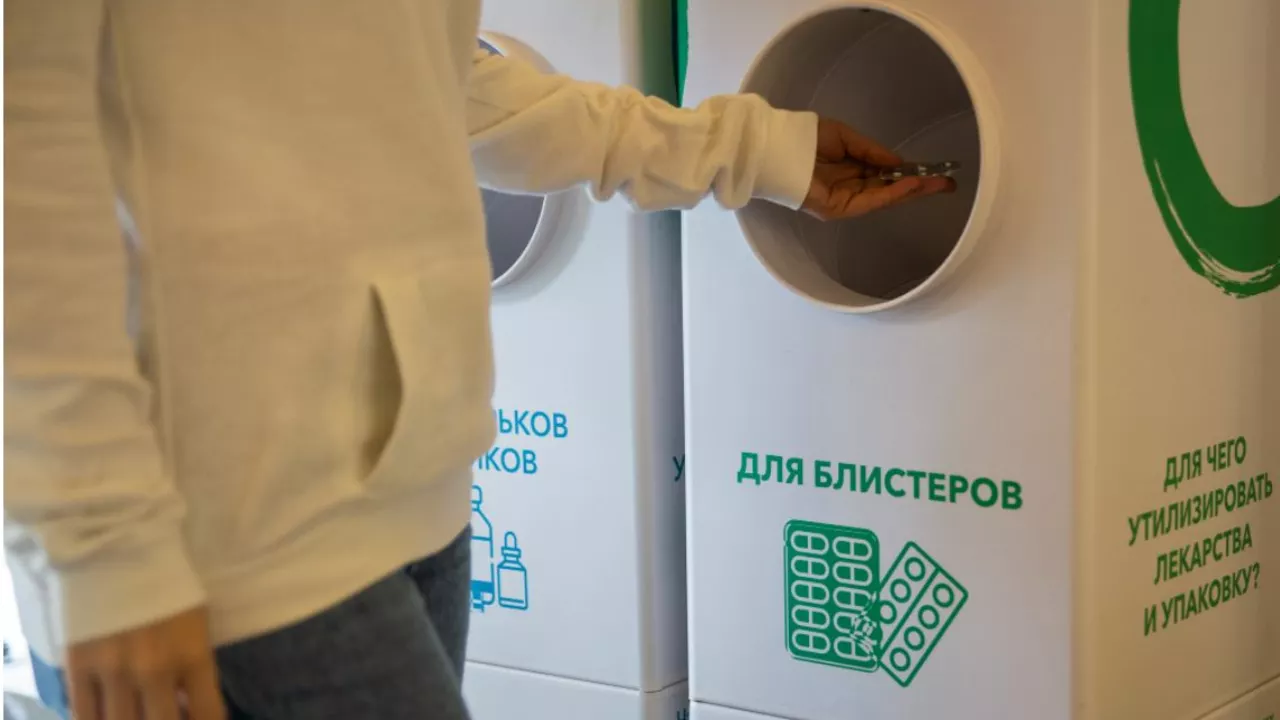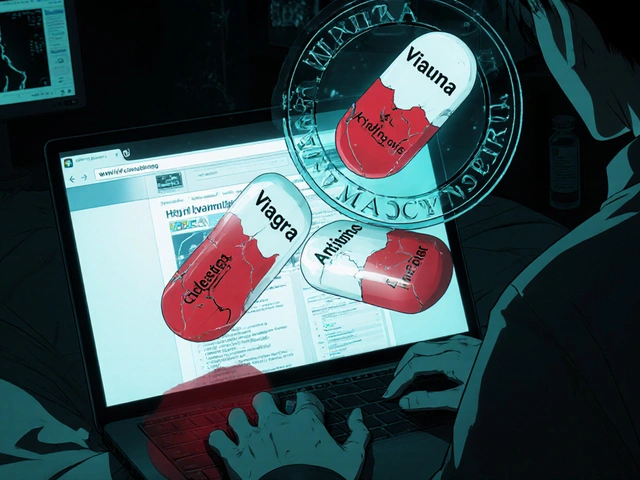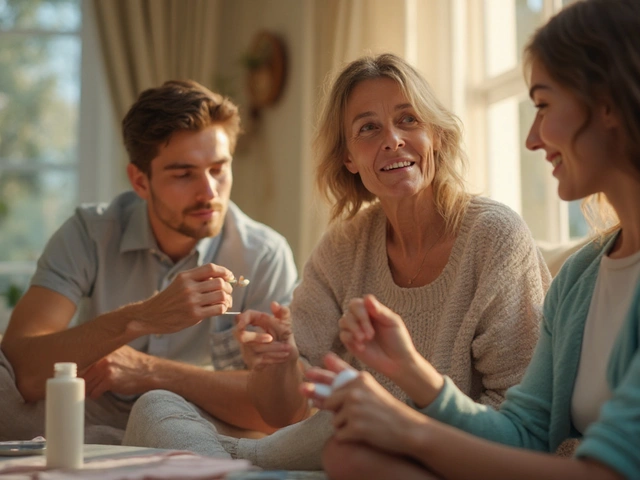Pharmaceutical Waste Disposal: Safe Ways to Toss Unused Meds
Unused medicines and medical supplies in your home can do real harm if you just toss them or flush them. They can contaminate water, harm wildlife, and lead to accidental poisonings or misuse. Here’s a straight, practical guide to getting rid of them the right way.
Quick steps for home disposal
First, look for a local take-back option. Many pharmacies, police stations, and community programs run permanent drop-off boxes or hold DEA take-back events. Those are the safest, easiest choices when available.
If a take-back program isn’t an option, follow these steps: remove meds from their original bottles, scratch off or remove personal info from labels, mix the drugs with an unappealing material like coffee grounds or cat litter, put the mixture in a sealed bag or container, and throw it in your household trash. That reduces the chance someone will find and use them.
Do NOT assume every medicine is safe to flush. Some high-risk opioids used to be recommended for flushing, but guidance changes. Check the FDA flush list before flushing anything — when in doubt, use a take-back or the trash-mixing method above.
Sharps, needles, and injection supplies
Needles and lancets are handled differently. Never drop loose sharps into the trash or recycling. Use a rigid, puncture-proof container labeled "sharps" (many community health centers provide them). When it’s full, follow local rules for disposal — many areas allow drop-off at health departments, pharmacies, or special collection sites. If no program exists, ask your local waste authority for instructions; some allow household trash disposal only if the sharps are in approved containers.
For expired inhalers, patches, and transdermal products, check product-specific disposal notes. Some items still contain active drug that can leach out. If manufacturer or regulator guidance exists, follow it; otherwise treat them like other medications and use take-back or sealed trash disposal.
What about commercial or clinic waste? Hospitals and pharmacies must follow strict regulations. They separate hazardous from non-hazardous pharmaceutical waste, use licensed medical waste contractors, and document disposal. If you run a clinic or pharmacy, consult local environmental and public health rules — mixing regulated drug waste into regular trash can mean big penalties.
Environmental and safety basics: never pour meds down sinks if you can avoid it. Even small amounts of certain drugs change aquatic life and can push bacteria toward antibiotic resistance. Keep meds locked up if you have kids or visitors who might misuse them.
Final checklist to keep handy: 1) Use take-back programs when possible. 2) If not, mix, seal, and trash. 3) Check FDA or manufacturer guidance before flushing. 4) Use approved containers for sharps. 5) Ask your local waste authority if unsure. These simple steps cut risk and protect the environment without any fuss.

The Environmental Impact of Olmesartan/Amlodipine Production and Disposal
In my recent exploration, I delved into the environmental repercussions of producing and discarding Olmesartan/Amlodipine, medicines often used for treating high blood pressure. The production process of these drugs has a significant environmental footprint, including the release of harmful chemicals into our ecosystems. Moreover, the improper disposal of these medications can lead to them entering our water systems, causing potential harm to aquatic life. It's critical that we develop cleaner manufacturing processes and proper medication disposal methods to mitigate these impacts. In short, more sustainable approaches towards the production and disposal of Olmesartan/Amlodipine are urgently needed to safeguard our planet.
Detail




